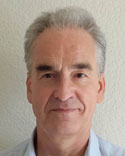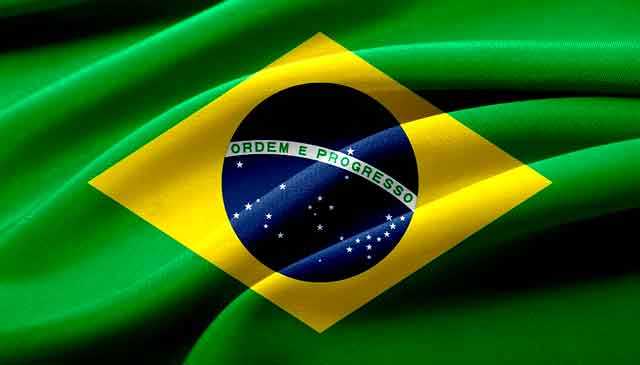If you like to work with us for your next patent, "contact us" info is on www.icswpatent.com. You can also subscribe/unsubscribe for short email alerts when the next post is available.

Brazil, it could be any country of course, but Brazil is a great example. I love its people, its creativity, and its spirit. Brazil itself would not be a prime target for chip patents by companies from abroad. Nevertheless, chip designers in Brazil (yes, there are good and very experienced ones!) have a need to protect their inventions in strategic countries abroad. Their national patent scene may not offer all services they need. Patent lawyers do not need to be engineers or scientists, and they rely on technical writers to write technical patent applications ("I have a really good guy to work with you. He may be a mechanics engineer!"). With a relatively small volume of chip patents in the country, there really aren't any technical writers supporting the lawyers with knowledge about semiconductors, chip architectures, or mixed-signal electronics. Very few know anything about wireless communication.
Of course, this situation exists in more countries that have only a couple of relevant participants in the semiconductor industry. They face a double challenge: how to get a high-quality application that is not full of holes, and once you have one, how to defend it in the countries abroad where you file it?
Without local support, you have two options. One is to work with a local IP lawyer (Brazil has many excellent lawyers) to find the right partner or associate abroad. The other is to directly find a patent firm abroad that is specialized in the subject matter. My firm is one, and I know others that are both competent and enthusiastic. I will also involve my Brazilian associate when needed. Typically, patent firms have a global network of associates who are active in the same markets. When you defend a patent application in multiple countries, examiners may come up with the same or similar objections and rejections, and your responses must be knowledgeable, coordinated and consistent. It is not enough to just send the original application document to a bunch of capable folks worldwide – you need one party to manage the responses, and all parties to ensure that the applications, their claims, and responses to local patent offices meet the local requirements.
With this in mind, your course of action is as follows.
- Find a patent firm in a country where you are certain you will have to file patents. If the most important jurisdiction to file is the US, then (of course) drop me a line. If your home country is the most important place to file, then let your local law firm decide if they want to work with me or with somebody else.
- Make sure the firm understands your technology and can communicate with your inventors. It helps if their practitioner(s) visit your country once or twice per year, so that you and some of your inventors can develop a personal relationship.
- Define your IP protection strategy. A good patent practitioner can help. You may also read my earlier posts about developing an IP protection strategy for your semiconductor company (TPS02 and TPS03), which help you to create a priority list of countries. Talk the strategy through with your practitioner.
- When an invention comes along, ask the practitioner to make a cost estimate for the selected countries. The costs add up fast when you're dealing with multiple countries, and it is easy to get surprised. You need to know roughly when to have which budgets available.
- Talk with your practitioner about the Patent Prosecution Highway (PPH) and if faster prosecution in the first country could help you save costs in the other countries.
- Once ready to start, let the practitioner lead in working with your inventors to get the innovation in a proper application. Make sure the inventors read through and understand the drafts.
- Make your inventors sign the appropriate documents while they are still in your employment. Since employees move along from time to time, you should have the declarations and assignments signed early to prevent possible hiccups later.
- Let the practitioner lead the international process. There may be a lag of close to a year between the initial work and the start of activities in further countries. The practitioner can manage this and he or she will work it out with the right associates globally. Once examination results come in, the work gets interesting. In some cases your practitioner can handle responses alone. In other cases, your practitioner will want to check with you if a response is technically correct, and if it addresses your highest priorities.
Always remember that your practitioner, wherever he or she is in the world, must understand both your technology, your innovations, and your business objectives. Then you can get first-class service.


